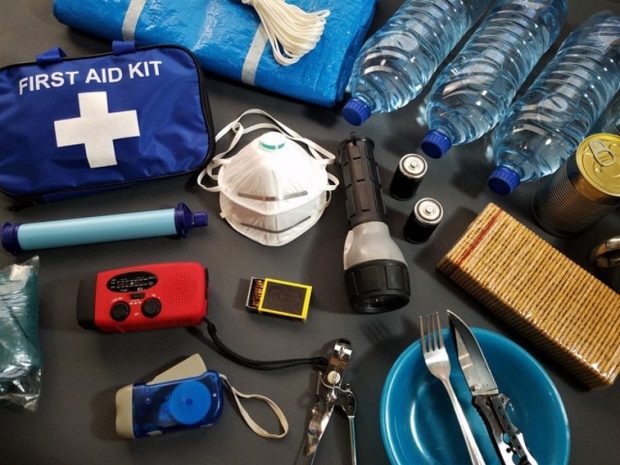Hurricane season always seems to be right around the corner, threatening the safety and security of your home.
Your home is supposed to be a haven, but you might wonder if you have everything you need to keep it that way when these storms bring risk of damage.

Here are five items your home needs to remain safe in the face of danger.
1. Generator
A generator can come in handy during a power outage because it can keep your electric-powered items working.
There are many types of generators, such as:
- Propane
- Natural gas
- Bio-Fuel
There is even such thing as a solar backup generator that uses the energy from the sun.
Whatever generator you decide to purchase will come in handy, especially if you have a loved one who relies on electronic items to live.
2. Handheld Radio
Having a handheld radio is essential for external communication if you face a severe emergency, especially if a phone is unavailable.
A handheld radio can be vital if your home is out in the wilderness or away from town because you’ll be able to contact someone and ask for help.
Radios do not depend on electric power and are portable. Most use batteries, but others use solar power out on the market.
Additionally, handheld radios can come in handy if you want to go hiking or traveling, so they are not limited to home use.
3. Reliable Light Source
When there are city-wide power outages, you will need a reliable light source. Many light sources are available, such as rechargeable flashlights, kerosene lamps, and solar-powered lanterns.
Although candles might seem archaic, they could also come in handy when a storm arrives. If you have candles, make sure you have matches or lighters.
Having multiple forms of light sources is even better, just in case.
4. First Aid Kit
Every home should have an excellent first aid kit if someone gets injured. You can create your kit or buy one that is already put together.
A first aid kit should include:
- Adhesive tape
- Aloe Vera gel
- Aluminum finger splint
- Antibiotic ointment
- Antihistamine medications
- Antiseptic solution and towelettes
- Auto-injector of epinephrine, if relevant
- Cold packs
- Cotton balls and swabs
- Cough/cold medications
- Different forms of bandages (wrap, butterfly strip, etc.)
- Eye-shield or pad
- Eyewash solution
- First-aid manual
- Hand sanitizer
- Hydrocortisone cream
- Hydrogen peroxide
- Non-latex examination gloves
- Over-the-counter pain meds (ibuprofen, aspirin, etc.)
- Personal medications that don’t need refrigeration
- Petroleum jelly
- Roller gauze in assorted sizes
- Scissors
- Sterile saline
- Surgical mask
- Syringe, medicine cup, or spoon
- Thermometer
- Tweezers
- Various sizes of safety pins
5. Drinking Water and Non-Perishable Food
You can never have too many water and food sources tucked away in case disaster strikes. Bottled waters, a water filtering pitcher or bottle, and other water purifying tools and methods can help if your tap water gets contaminated for any reason.
Food items that will not go bad quickly and do not require refrigeration will come in handy if you cannot get to a store.
Non-perishable food items include:
- Canned goods, such as canned vegetables, fruits, and beans
- Dry goods, such as rice, beans, and cereal
- Beef jerky and similar items
- Energy bars
- Bottled or canned juice
- Nuts and dried fruits
- Powdered drink mixes
Ensure you have enough of these items to sustain your family for however long you think the emergency could last.
Conclusion
As we learned from the story of the ant and the grasshopper as children, it’s better to be overly prepared than to be in need when emergencies arise. Having the above essential items could protect your family from unforeseen dangers and sustain you in the face of crisis. We recommend planning today for a safer tomorrow.



